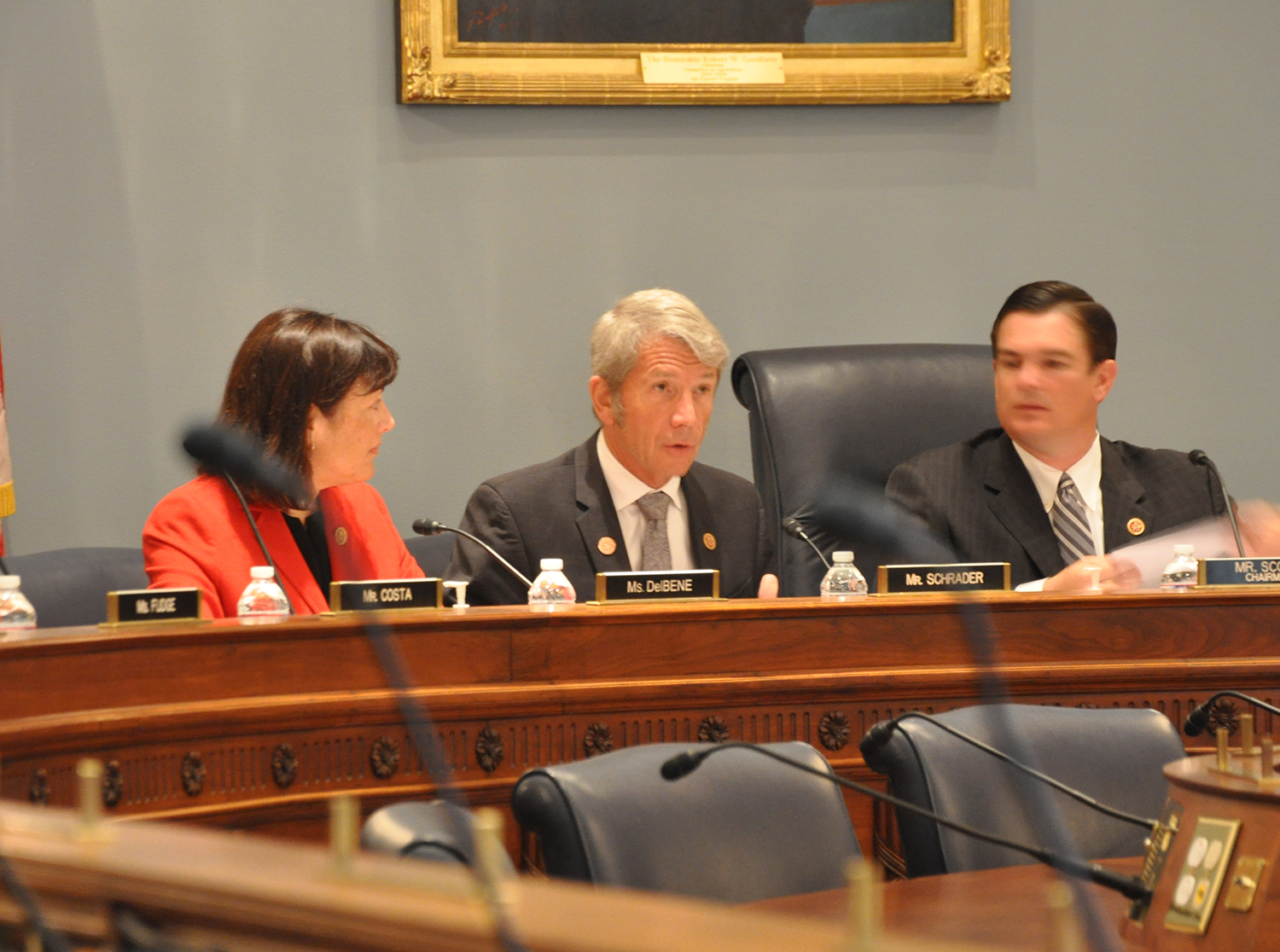WASHINGTON – Lawmakers urged government and industry experts Tuesday to move quickly to protect a key player in the American agriculture economy: the bee.
Bees, which pollinate more than 90 crops in the United States and are responsible for $15 billion in added crop value, according to experts, have been dying in record numbers in recent years due to the rise of a mite called varroa destructor.
“Ultimately, if no long-term solutions are developed to slow bee decline, consumers will pay more for the food they buy,” said Jeff Pettis, research leader of the Bee Research Laboratory at the Department of Agriculture.
Bees pollinate crops like apples, cranberries and cherries, but they’re especially important in making almond crops successful in the U.S.
“California almond growers depend on honeybees for their livelihood,” said Arthur Cummings, chairman of the Almond Board of California Bee Task Force. “Without honeybees, there would be no crop.”
California grows more than 80 percent of the world’s almonds, with sales totaling more than $4 billion last year, he said.
Pettis called the varroa mite, which arrived in the U.S. in the mid-1980s, the “modern honey bee plague.” The mite is responsible for more than doubling the annual number of lost bee colonies in the past few years, about 30 percent of the nation’s 2.5 million managed colonies.
The federal government has been pumping millions into protecting bees since 2008. The agriculture agency has been looking into the genetics of both the mite and the honey bee and is trying to breed bees with resistance mechanisms.
“The Agriculture Committee authorized increased funding for pollinator research as part of the 2008 farm bill,” said Rep. Austin Scott, R-Ga., chairman of the House Agriculture subcommittee that heard the testimony. “Similarly, the 2014 farm bill reauthorized and expanded many of these provisions.”
USDA’s research service was given about $3 million in the 2014 fiscal year to find ways to overcome the varroa mite problem, they said.

